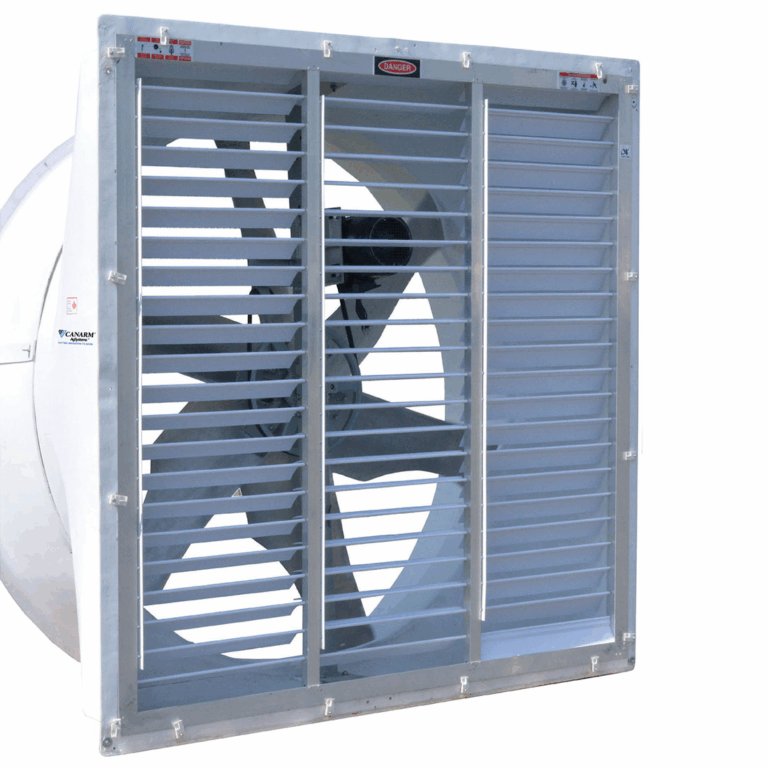
Choosing the Right Planter: Why It Matters More Than You Think
When people think about gardening or decorating with plants, they often focus on the plant itself—its size, color, water needs, and how it complements a room or garden. But one essential element is often overlooked: the planter. The importance of choosing the right planter goes far beyond aesthetics. It affects the health of your plant, the longevity of your investment, and the style and function of your space. Whether you’re placing greenery on a windowsill, patio, or office corner, selecting the right planter can make all the difference.
Supporting Plant Health from the Ground Up
At the heart of it all, the planter is your plant’s home. It’s where roots grow, where water drains, and where nutrients are stored. A poor-quality or ill-suited planter can cause a cascade of health issues for your plant.
Drainage is key. Many beginner plant owners fall into the trap of buying beautiful, stylish pots that don’t have drainage holes. Without proper drainage, water accumulates at the bottom of the pot, causing root rot and eventual plant death. Choosing a planter with good drainage or incorporating a drainage layer can be the difference between a thriving plant and a dying one.
Material matters. The material of the planter also plays a role in the health of the plant. For example, terracotta pots are porous, allowing air and moisture to pass through the walls. This makes them excellent for plants that prefer drier soil, such as succulents and cacti. On the other hand, plastic and ceramic planters retain moisture longer, making them better suited for water-loving plants like ferns and peace lilies.
Matching Planter Size to Plant Needs
Size really does matter when it comes to planters. Too small, and your plant becomes root-bound, which means the roots have no space to grow, leading to stunted development and eventual decline. Too large, and the soil may retain too much moisture, risking root rot again.

A well-sized planter should allow enough room for your plant’s roots to grow comfortably while still maintaining the right balance of moisture. As a rule of thumb, when repotting, choose a planter that is 1 to 2 inches larger in diameter than the current one.
Additionally, deeper pots are generally more suitable for plants with longer root systems, while shallow containers can be perfect for herbs or succulents that don’t need much depth.
Enhancing Your Aesthetic with the Right Design
Beyond the practical aspects, choosing the right planter is a style decision. Planters help tie your décor together and can reflect your personality, whether you prefer sleek and modern, rustic and earthy, or whimsical and colorful. Planters are available in a wide array of designs, textures, and finishes. A minimalist home might benefit from matte black planters or geometric shapes. A bohemian space might call for hand-painted clay pots or woven basket covers. Even in outdoor spaces, matching your planters to your garden style—whether it’s a formal layout or a wild, natural look—can make your plants feel more intentional and cohesive. If you’re looking for stylish options, Rooted Brooklyn offers a variety of planters that blend functionality with modern design, making it easier to find one that suits your taste. A well-chosen planter elevates the space, making it feel finished and thoughtfully designed, rather than cluttered or haphazard.
Indoor vs Outdoor Considerations
The environment in which you’re placing your plant also affects your choice of planter. Indoor planters don’t have to deal with the weather extremes that outdoor planters do. That means you can safely choose from a wider range of materials, including more delicate ceramics, glass, or even repurposed items like mugs or teapots.

Outdoor planters, however, must be more durable. They need to withstand sun, rain, wind, and freezing temperatures depending on your climate. Concrete, fiberglass, and thick plastic are often better suited for these conditions. Some outdoor planters also come with self-watering systems or insulation, which can be helpful in maintaining plant health during weather fluctuations.
Portability and Practicality
Sometimes, your plants will need to move—whether it’s to follow the sun, come indoors for the winter, or simply because you want to rearrange your space. Choosing a planter with portability in mind can save you time and effort later.
Lightweight materials like resin or plastic are great if you plan on moving your plant often. Some larger planters come with hidden wheels or rolling trays, making it easy to reposition heavy plants without lifting them.
Handles, nesting designs, or stackable options can also make storage or mobility more efficient, especially for those with limited space.
Sustainability and Environmental Impact
As more people seek to live sustainably, the type of planter you choose can align with eco-conscious values. Planters made from recycled materials, biodegradable fibers, or locally sourced clay are more environmentally friendly options.
Additionally, choosing durable planters that last years instead of single-use plastics reduces waste over time. Some companies even offer planter trade-in programs or use ethical production practices, giving you the opportunity to support businesses that align with your values.
Budget and Long-Term Value
Planters come in a wide range of price points. While it might be tempting to go for the cheapest option, this can cost you more in the long run if it leads to frequent replacements or unhealthy plants.
Investing in high-quality, well-designed planters can save money over time. They’re less likely to crack, fade, or break, and they often provide better support for plant health. If you’re building a plant collection or designing a long-term space, it’s worth prioritizing durable and functional planters even if they come at a higher initial cost.
Creating a Theme or Story
Planters can be more than containers—they can tell a story. Matching planters across your home can create a unified look. Alternatively, eclectic, mismatched pots can add character and charm. They’re a way to express creativity, experiment with colors and materials, and curate your space with intention.
For example, grouping herbs in small, labeled terracotta pots in a kitchen not only looks quaint but also signals utility and freshness. On the patio, oversized ceramic planters with vibrant glazes can create focal points and serve as art pieces.
Final Thoughts
Choosing the right planter isn’t just about style or convenience—it’s about supporting healthy plant growth, maximizing space, reflecting your aesthetic, and even making a positive environmental impact. It’s a small decision that ripples into every aspect of your gardening or home décor experience.
So next time you’re shopping for a new plant or reimagining your green space, give your planter just as much thought as the plant it holds. After all, every plant deserves a good home—and every home deserves a planter that fits just right.



